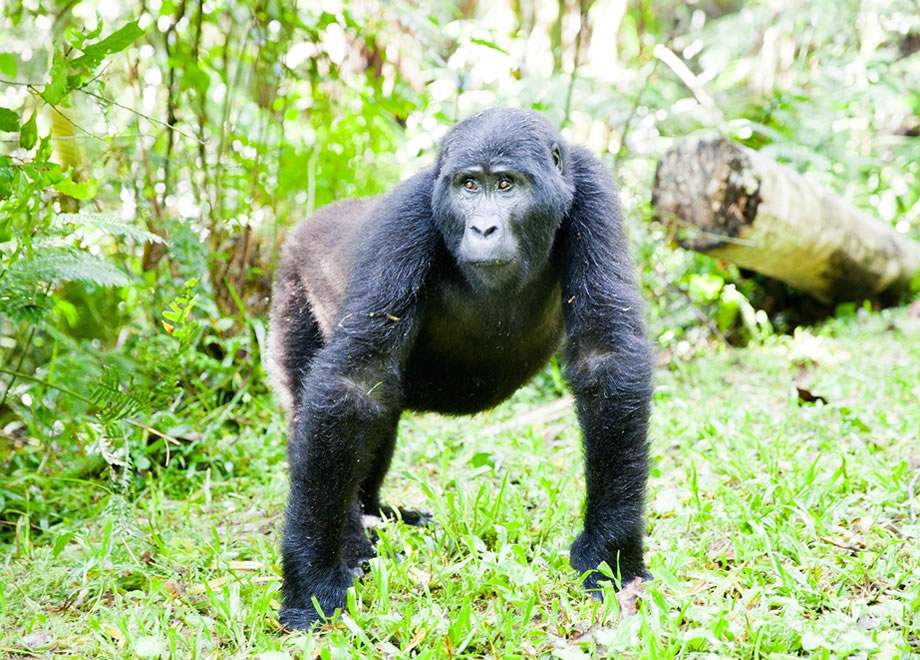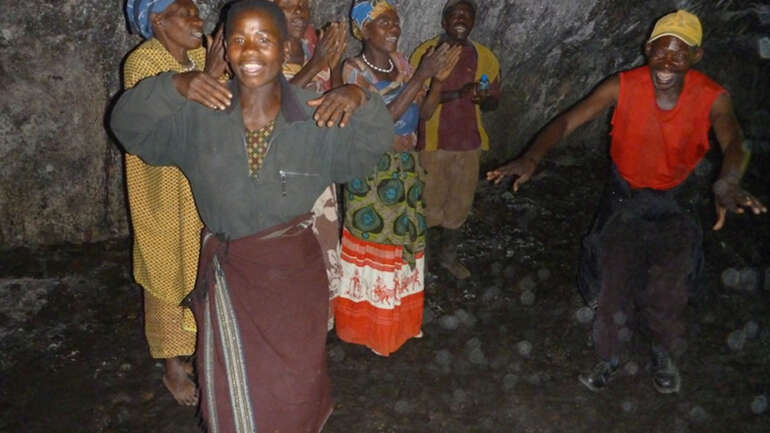Mountain gorillas are the star attraction of the Virunga Region. Every year, thousands of travelers go on gorilla safaris into Uganda, Rwanda and the Democratic Republic of Congo to meet these great apes! With lots of information shared about these amazing apes, here are some facts that you should know. Based on their name, mountain gorillas live in forests high in the mountains, at elevations of about 8,000 to 13,000 feet. They have thicker fur, and more of it, compared to other great apes. The fur helps them to survive in a habitat where temperatures often drop below freezing. Below are the top ten facts about Mountain Gorillas:
- There is about 1063 existing mountain Gorillas in the wild. They are divided into western and eastern gorillas. Mountain Gorillas is a sub species of Eastern gorillas. According to the last census, the available number of mountain Gorilla is declining due to poaching, diseases and human encroachment of their land among others.
- Mountain Gorillas only lives in two places in east central Africa namely; Bwindi Impenetrable National Park (Uganda) and Virunga region comprising of Virunga National Park (Democratic Republic of Congo) and Volcanoes National Park (Rwanda).
- Mountain Gorillas shared 98% of DNA with human beings. For that case, gorillas are susceptible to human diseases and the reverse is true. Genetically, gorillas can be affected by human illness. In Uganda, Rwanda and Democratic Republic of Congo, sick guests are not allowed to meet Gorillas in order to prevent the spread of infectious diseases.
- Big size and strong in nature – Mountain Gorillas are the most powerful and biggest specie of primates. Any adult gorilla can lift up to 450 kilograms, not with a body size that can go as high as 200kgs. A male gorilla weighs up to 180KG and 90KG for female.
- Mountain Gorillas spend more time feeding – they spend ¼ of the day eating. Gorillas majorly feed on vegetarian diet, feeding on stems, bamboo shoots and fruits. Western lowland gorillas, however, also have an appetite for termites and ants, and break open termite nests to eat the larvae. Adult male gorilla eats up to 40 pounds (18 kilograms) of food each day. A gorilla’s large stomach can hold the bulky food it eats. Strong jaws help the gorilla chew tough stems.
- Mountain Gorillas construct new nests every evening – on a daily basis, gorillas construct nests out of leaves and baby gorillas sleep in the same nests with their mothers.
- Gorillas form groups – most of the gorilla groups are formed after serious dominance struggles between Mature male gorillas. Some gorilla groups are formed due to split of a group into two or more sub- groups. Most of the gorilla families are composed of 6 – 15 or more individual gorillas.
- Mountain Gorillas are highly endangered – the number of gorillas is declining due to poaching, disease outbreak, political instability, human encroachment of gorilla habitats among others. Because of the fact that gorillas face many dangers, there is a need to put much effort in the protection of mountain gorillas.
- Mountain Gorillas have over 10 different types of call like bit in the chest, facial expressions, sounds, postures and gestures. They have been known to make at least 22 distinct sounds to communicate different feelings, from playful chuckling to frightened screams.
- A grown up silverback develops silver section of hair over their back and hips, earning them the name ‘silverback’. Being one of the rare primates on planet earth, there is a need to protect them and conserve the natural habitats of Mountain Gorillas to prevent exhaustion.

